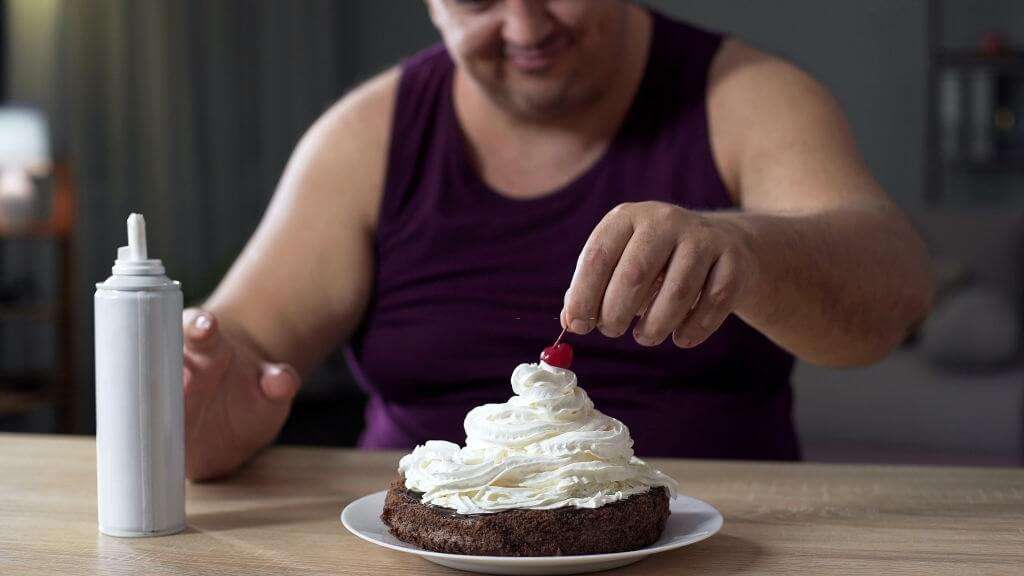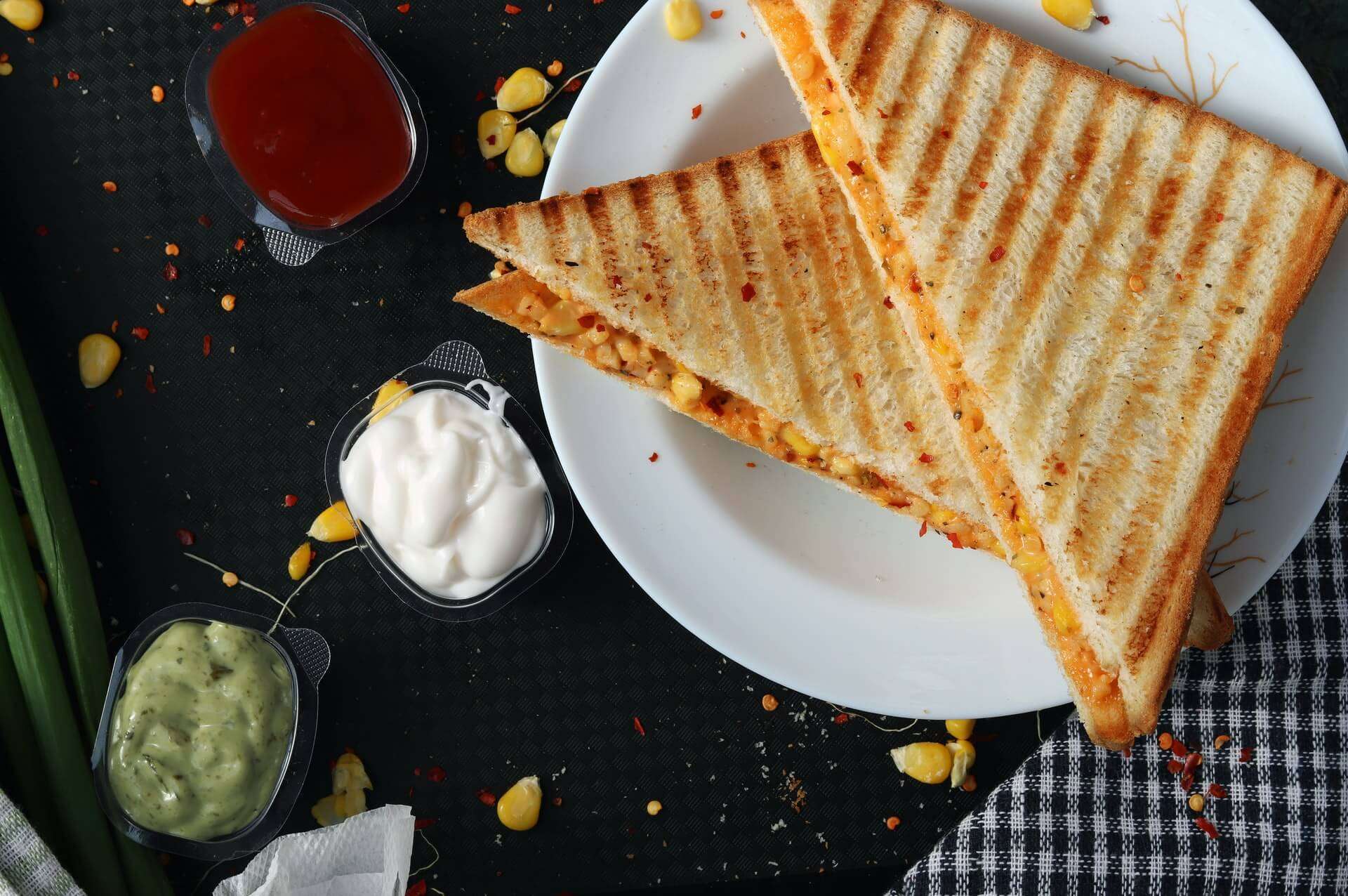Getting braces cannot be termed a fun experience, especially if you are getting them for the first time. Although they offer an exciting step towards that beautiful smile you desire, adjusting to the presence of braces in your mouth and figuring out how to eat, speak, and even perform your oral care routine can be daunting.
One of the most common questions people ask when preparing to get braces or immediately after getting them is, “how long after getting braces can you eat solid food?” Eating, especially during the first 1-2 weeks after getting braces, is arguably the most challenging part of getting braces.
Your mouth is trying to get used to the strange, new pieces of metal in it, and you will feel some discomfort or soreness especially in that first week. I can assure you that once you get through the first week, you are well on your way to that beautiful smile you desire.
Here, I have some dos and don’ts of eating with braces, but let me first answer the question that brought you here: How long after getting braces can you eat solid food?
How Long After Getting Braces Can You Eat Solid Food?
After about a week, the discomfort/soreness in your mouth will start to subside and you can graduate to solid foods. However, you should always avoid the foods below as they could damage your teeth and braces.
List of Foods You Can’t Eat with Braces
One of the most difficult adjustments after getting braces is giving up some of the foods you love. Although, after the first few days of getting your braces, you should be able to eat most foods without any hassle, certain foods are off-limits while wearing braces. These foods include;
- Hard foods such as nuts and hard candies
- Corn on the cob, apples, and other foods that require biting into. You can munch on apples if you cut them into small pieces, though
- Crunchy foods like chips and popcorn
- Sticky foods like chewing gum and sticky or hard candy
- Chewy foods like bagels
These foods will not only damage the wires and brackets of your braces, but they can also get stuck to your teeth and braces and are very difficult to remove.
What To Eat With Braces The First Week
It is normal to feel some level of discomfort (mild to moderate) during the first week of getting your braces installed; indeed, many find it a bit challenging to eat anything at all. Apart from getting over that discomfort and getting used to eating with braces in your mouth, eating the wrong kinds of food can damage your braces. It is therefore important to know the right foods to eat in those first few days to avoid extra trips to the orthodontist.
Here are examples of the foods you can eat in the first week of getting your braces.
- Soups and stews
- Cooked vegetables
- Soft cheeses
- Scrambled eggs
- Mashed potatoes and puddings
- Pasta
- Yogurt, protein shakes, and smoothies
- Soft fruits like banana, blueberries, raspberries, and blackberries
- Grains
- Oatmeal
- Bananas
How Can I Eat with Braces the First Week?
Many people do not know how they are supposed to eat with their braces, especially in the first week of getting them. Let me take you through how you can eat with braces in the first week, here are some tips:
- Eat only soft foods that will not pressure your teeth.
- Take only a small amount or bite-sized pieces of food at a time.
- Chew foods with your back teeth, slowly and carefully.
- Clean your teeth thoroughly after meals.
After getting braces, it’s normal to experience some discomfort and soreness in the mouth. This is because the braces are putting pressure on the teeth and gums to shift them into their correct positions. It’s important to take care of your teeth and braces during this time to avoid any further discomfort or damage.
It’s highly recommended to stick to a soft food diet during the first few days after getting braces. This means avoiding any hard, crunchy, or sticky foods that may cause discomfort or damage to your braces. Opt for soft foods that are easy to chew and won’t put any pressure on your teeth or braces.
Examples of soft foods that can be eaten during the first few days after getting braces include soups and broths, smoothies and shakes, mashed potatoes, and soft fruits like bananas and peaches. These foods are easy to eat and won’t cause any discomfort or damage to your braces.
It’s important to note that you should stick to a soft food diet for at least a few days, or until your mouth feels less sore and uncomfortable. Your orthodontist will give you specific instructions on how long to stick to a soft food diet based on your individual needs.
In addition to sticking to a soft food diet, there are some other tips to help manage any discomfort or soreness in your mouth during the first few days after getting braces. For example, you may want to eat smaller and more frequent meals to avoid putting too much pressure on your teeth and braces. You may also want to avoid any hot, spicy, or acidic foods that may irritate your mouth.
The First Few Weeks After Getting Braces
Once the first few days have passed and your mouth is feeling less sore, you can start to gradually introduce solid foods back into your diet. However, it’s important to do this slowly and carefully to avoid any discomfort or damage to your braces.
During the first few weeks after getting braces, it’s a good idea to continue cutting your food into small pieces. This will make it easier to chew and will help prevent any damage to your braces. You may also want to avoid any hard or crunchy foods, as these can put pressure on your teeth and braces.
Some good solid foods to start introducing back into your diet during the first few weeks include soft cooked vegetables, pasta, and soft fruits. These foods are easy to chew and won’t cause any discomfort or damage to your braces.
It’s also important to avoid any sticky or chewy foods during the first few weeks after getting braces. These types of foods can get stuck in your braces and may be difficult to clean, which can lead to tooth decay and other dental problems.
If you do experience any discomfort or soreness while eating solid foods, you can try taking smaller bites, chewing slowly and carefully, or cutting your food into even smaller pieces. You can also use orthodontic wax to cover any areas of your braces that may be causing discomfort.
Remember to continue following your orthodontist’s instructions and attending regular appointments to ensure that your braces are working as they should. With proper care and attention, you’ll soon be able to enjoy all of your favorite foods again.
The First Few Months After Getting Braces
As you get further along in your orthodontic treatment, you’ll be able to start introducing harder and crunchier foods back into your diet. However, it’s important to do this slowly and carefully to avoid any discomfort or damage to your braces.
During the first few months after getting braces, you can start to introduce harder foods such as raw vegetables, nuts, and bread. However, it’s still a good idea to cut these foods into small pieces and chew them carefully to avoid any discomfort or damage to your braces.
It’s also important to use caution when eating harder and crunchier foods. For example, you may want to avoid biting into hard apples or chewing on ice cubes, as these can put a lot of pressure on your teeth and braces.
If you do experience any discomfort or soreness while eating harder foods, you can try cutting them into smaller pieces or using orthodontic wax to cover any areas of your braces that may be causing discomfort.
While it may be tempting to indulge in your favorite sticky or chewy treats, it’s still important to avoid these types of foods as much as possible. These foods can get stuck in your braces and may be difficult to clean, which can lead to tooth decay and other dental problems.
Remember to continue following your orthodontist’s instructions and attending regular appointments to ensure that your braces are working as they should. With patience and proper care, you’ll soon be able to enjoy all of your favorite foods again.
Soft Foods to Eat After Braces Tightening
Braces are tightened to put pressure on the teeth so that they can move to desired positions. It is quite normal for your mouth to feel sore after a braces-tightening appointment, but eating the wrong foods will increase the soreness. Here are some soft foods to eat after braces tightening:
- Soups and stews
- Cooked vegetables
- Soft cheeses
- Scrambled eggs
- Mashed potatoes and puddings
- Pasta
- Yogurt, protein shakes, and smoothies
- Soft fruits like banana, blueberries, raspberries, and blackberries
- Grains
- Oatmeal
- Bananas
How Long Do Braces Hurt When You First Get Them?
You will feel some discomfort in your mouth for the first 5-7 days after getting your braces. While the process of installing braces in your mouth may not be painful (it might just feel as though the pressure is being applied to your teeth), you will start to feel pains after the installation and the pains may last up to one or two weeks.
Read also: Can I Eat Pancakes After Tooth Extraction?
What Snacks Can You Eat with Braces?
Getting braces does not mean you cannot enjoy some of your favorite snacks. Some snacks you can still enjoy after getting your braces are:
- Yogurt, milkshake, smoothie
- Nut butter such as almond or cashew butter
- Applesauce
- Sliced avocado
- Baked chips
- Nut-free muffin
- Diced fruits such as watermelon, banana, or mango
Read also: Can I Eat Ramen Noodles After Wisdom Teeth Removal?
Can you eat pizza with braces on the first week?
It’s not recommended to eat pizza or any hard, crunchy, or chewy foods during the first week after getting braces. During this time, your teeth and mouth may be sore, and eating hard or crunchy foods can cause discomfort and even damage your braces.
It’s best to stick to a soft food diet during the first week after getting braces, such as soups, smoothies, and mashed potatoes. This will allow your mouth to adjust to the braces and will help prevent any further discomfort.
After the first week, you can start to gradually introduce solid foods back into your diet, starting with softer foods and working your way up to harder and crunchier foods. However, it’s still important to avoid any foods that can damage your braces, such as hard or chewy pizza crusts.
It’s always best to follow your orthodontist’s specific instructions on what foods to eat or avoid during your orthodontic treatment. They will be able to provide personalized recommendations based on your individual needs and the type of braces you have.
Tips for Eating with Braces
- Eat soft foods that are not difficult to chew; avoid hard foods or snacks like hard candy that could damage your brace
- Stay away from sticky or crunchy foods that can get stuck in your braces
- Cut your foods into small bite-size pieces for easier chewing
- Eat your food slowly
- Always chew carefully
Be sure to always brush and floss thoroughly to remove trapped food particles. This is because it is easy for food to get stuck between brackets and between your teeth when wearing braces. Hence, it is essential to brush at least twice a day using the recommended toothbrush, and floss regularly.




